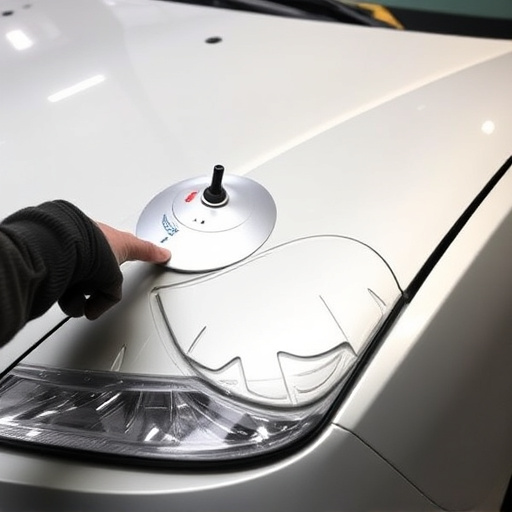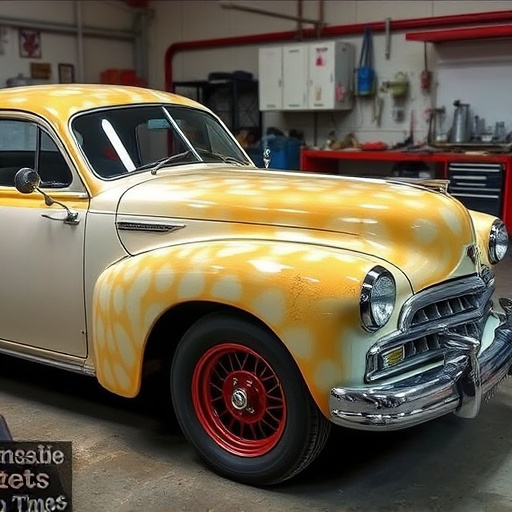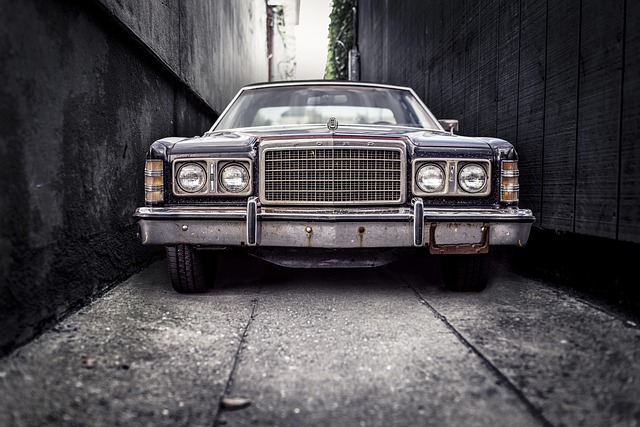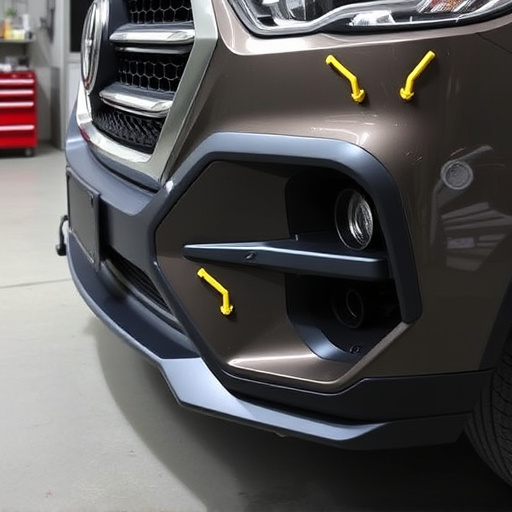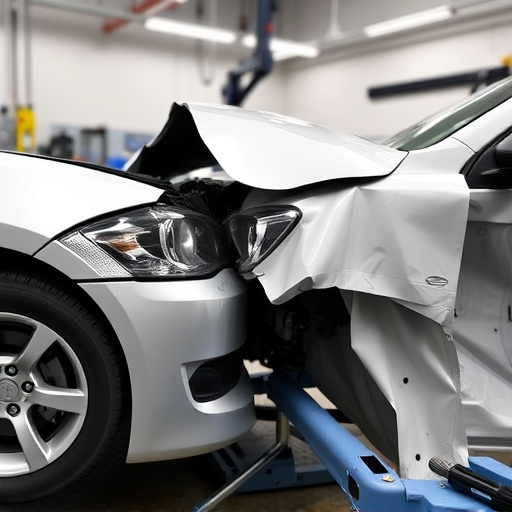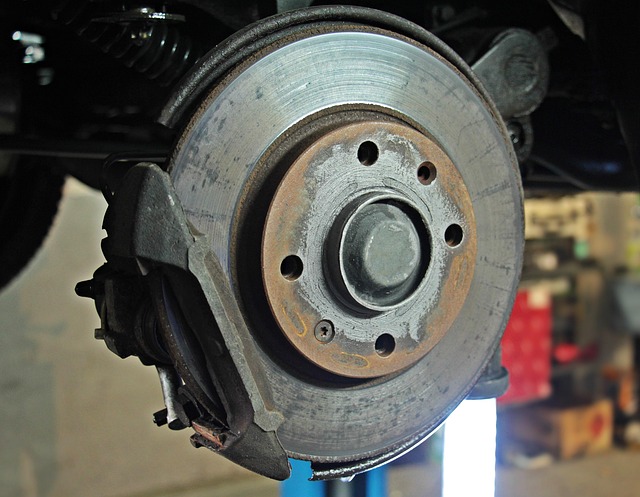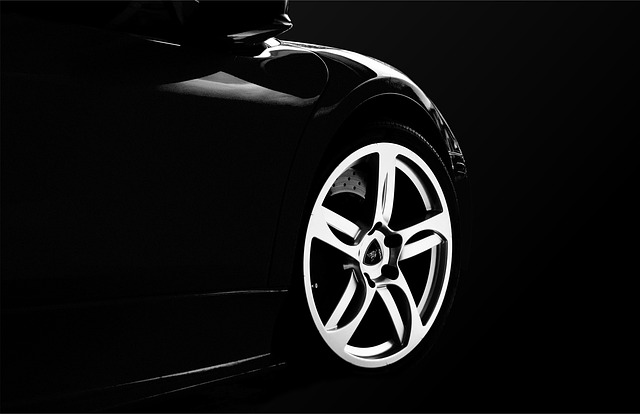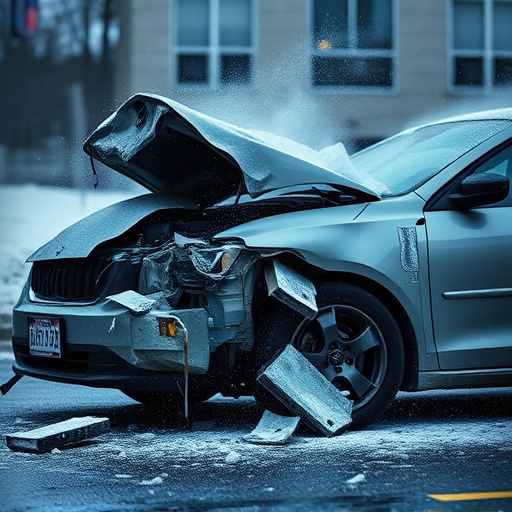The primer surfacer application is a meticulous yet efficient process that prepares damaged vehicle surfaces for painting, offering time-saving alternatives to traditional repairs. Using specialized tools and materials, it fills minor imperfections for a seamless finish. This technique facilitates paintless dent repair and enhances paint adhesion, making it favored by auto collision centers and bodywork services. While traditional methods are robust but labor-intensive, modern aerosol spray-on primers offer quicker, more cost-effective solutions, though they may face application and adhesion challenges on complex surfaces.
In today’s construction landscape, effective surface preparation is paramount for durable coatings. This article delves into the world of primer surfacer application, offering a comprehensive overview of its role and benefits in enhancing substrate readiness. We explore alternative methods, comparing traditional techniques with innovative solutions.
From understanding the nuances of primer surfacer application to uncovering diverse surface prep strategies, this guide provides insights for professionals seeking optimal results. By the end, readers will grasp the advantages and drawbacks of various approaches, empowering informed decisions in their projects.
- Understanding Primer Surfacer Application: A Comprehensive Overview
- Alternative Methods for Surface Preparation: Unlocking Different Techniques
- Comparative Analysis: Benefits and Drawbacks of Traditional vs Alternative Approaches
Understanding Primer Surfacer Application: A Comprehensive Overview
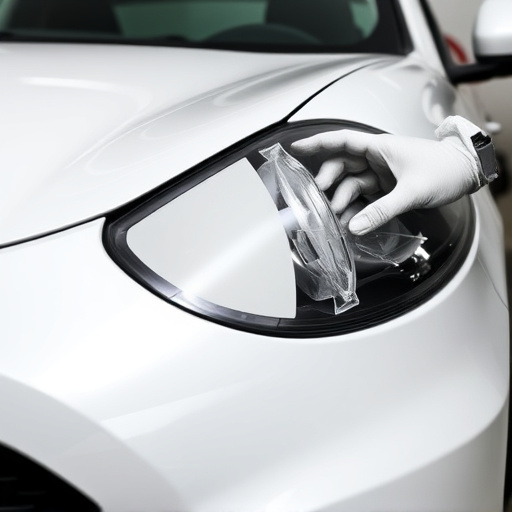
The primer surfacer application is a meticulous process integral to auto collision centers and car bodywork services. It involves the careful preparation of damaged vehicle surfaces before painting, ensuring a seamless finish. This method is a game-changer in the industry, offering an alternative to traditional repairs that can be both time-consuming and labor-intensive. By using specialized tools and materials, technicians achieve a precise and even coating, filling minor imperfections and creating a perfect base for paintwork.
Understanding primer surfacer application requires comprehending its multiple benefits. It facilitates paintless dent repair, preserving the original car body panel integrity. This technique is particularly valuable for minor dents, scratches, and bumps, allowing for quicker turnaround times without compromising quality. Moreover, it ensures better adhesion of subsequent coats, resulting in durable and long-lasting finishes, making it a preferred choice among professionals in the auto industry.
Alternative Methods for Surface Preparation: Unlocking Different Techniques
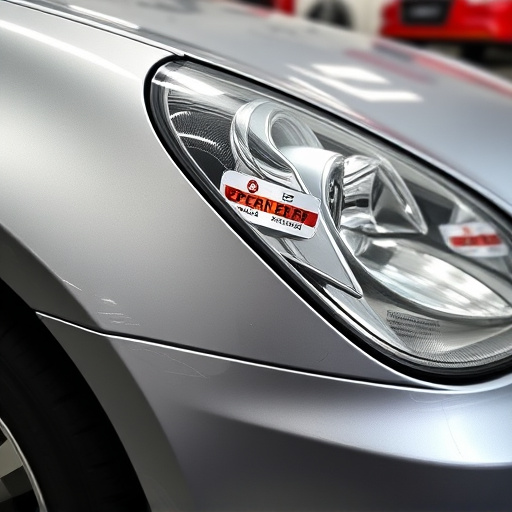
In the realm of auto repair services, surface preparation is a meticulous art that forms the crucible for achieving flawless results in car dent repair and car damage repair processes. While the traditional primer surfacer application holds its ground as a reliable method, there exists a diverse array of alternative techniques that offer unique advantages. These alternatives cater to specific needs, whether it’s dealing with intricate car body repairs or enhancing the aesthetics of custom vehicle builds.
From abrasive blasting to chemical etching, these methods provide different approaches for achieving optimal surface readiness. Abrasive blasting, for instance, involves propelling media across the surface to remove contaminants and create a textured finish, suitable for adhering various coatings. Chemical etching, on the other hand, uses specialized solutions to dissolve away damaged or loose material, leaving behind a clean slate for primer application in car dent repair scenarios. Each technique has its merits, offering benefits such as enhanced adhesion, improved corrosion resistance, and even cost-effectiveness compared to traditional primer surfacer methods.
Comparative Analysis: Benefits and Drawbacks of Traditional vs Alternative Approaches
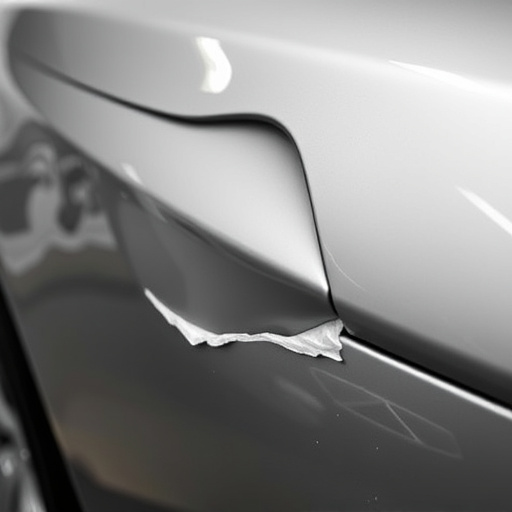
In comparing primer surfacer application with alternative methods for collision repair services and vehicle dent repair, traditional techniques have long been the go-to solution. This method involves meticulously sanding and preparing damaged surfaces before applying a layer of primer to ensure a smooth base for subsequent coatings. While this approach guarantees a robust and durable finish, it is labor-intensive, time-consuming, and generates significant amounts of dust and debris. Additionally, the need for multiple sandpaper grades and primers can increase material costs, making it less appealing for budget-conscious consumers.
On the other hand, alternative methods, such as modern aerosol spray-on primer surfacers, offer a more efficient and cost-effective solution. These products are designed to adhere directly to damaged surfaces without extensive preparation, reducing dust and waste. They are particularly beneficial in tire services, where quick turnaround times and minimal disruption to vehicle components are essential. However, the drawback lies in achieving an even finish and ensuring proper adhesion, especially on complex or contoured surfaces. Moreover, these products may not provide the same level of protection against corrosion as traditional methods, necessitating additional steps for long-lasting results.
In exploring the various methods of surface preparation, it’s clear that primer surfacer application offers a compelling blend of efficiency, durability, and versatility. While alternative techniques have their merits, the comprehensive review highlights the advantages of using modern primers for achieving optimal surface quality and final finishes. By understanding both traditional and innovative approaches, professionals can make informed choices tailored to specific project needs. This ensures optimal results, from enhanced adhesion to improved resistance against environmental factors.
